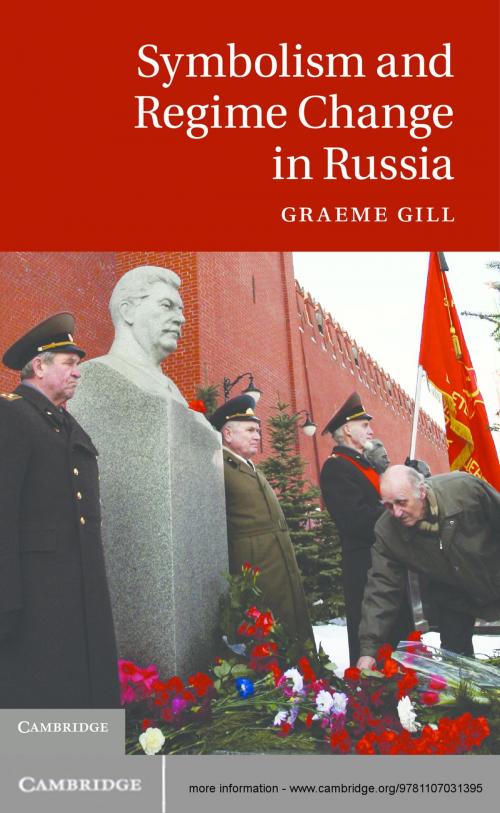Symbolism and Regime Change in Russia
Nonfiction, Social & Cultural Studies, Political Science, International, Foreign Legal Systems| Author: | Graeme Gill | ISBN: | 9781139854429 |
| Publisher: | Cambridge University Press | Publication: | January 17, 2013 |
| Imprint: | Cambridge University Press | Language: | English |
| Author: | Graeme Gill |
| ISBN: | 9781139854429 |
| Publisher: | Cambridge University Press |
| Publication: | January 17, 2013 |
| Imprint: | Cambridge University Press |
| Language: | English |
During the Soviet period, political symbolism developed into a coherent narrative that underpinned Soviet political development. Following the collapse of the Soviet regime and its widespread rejection by the Russian people, a new form of narrative was needed, one which both explained the state of existing society and gave a sense of its direction. By examining the imagery contained in presidential addresses, the political system, the public sphere and the urban development of Moscow, Graeme Gill shows how no single coherent symbolic programme has emerged to replace that of the Soviet period. Laying particular emphasis on the Soviet legacy, and especially on the figure of Stalin, Symbolism and Regime Change in Russia explains why it has been so difficult to generate a new set of symbols which could constitute a coherent narrative for the new Russia.
During the Soviet period, political symbolism developed into a coherent narrative that underpinned Soviet political development. Following the collapse of the Soviet regime and its widespread rejection by the Russian people, a new form of narrative was needed, one which both explained the state of existing society and gave a sense of its direction. By examining the imagery contained in presidential addresses, the political system, the public sphere and the urban development of Moscow, Graeme Gill shows how no single coherent symbolic programme has emerged to replace that of the Soviet period. Laying particular emphasis on the Soviet legacy, and especially on the figure of Stalin, Symbolism and Regime Change in Russia explains why it has been so difficult to generate a new set of symbols which could constitute a coherent narrative for the new Russia.















